The Big Skrei Adventure 2014 - by fishermen in Lofoten, star chefs and cod
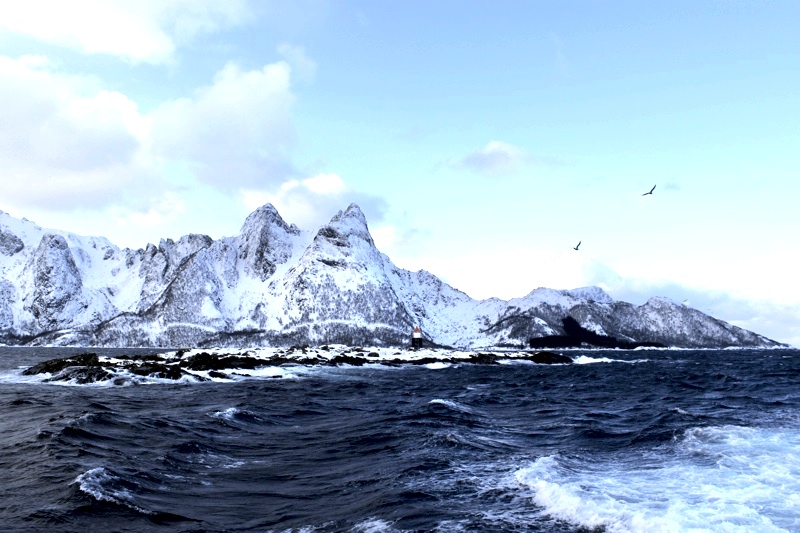 Every year one of the greatest events of nature takes place on the coast of Northern Norway , Here, 400 kilometers north of the Arctic Circle, in Lofoten, it looks as if the Austrian Alps were thrown into the sea. Here, the Gulf Stream ensures a temperature between 4 and 6 degrees Celsius even in winter. Here mountains covered in white meet the ice-blue sea. And here comes one of the many wonders of the sea: from the vast nutrient-rich marine areas of the Barents Sea to the north, millions of skiers embark on their hike to their spawning grounds along the wintry coast of Norway to preserve their species/p>
Every year one of the greatest events of nature takes place on the coast of Northern Norway , Here, 400 kilometers north of the Arctic Circle, in Lofoten, it looks as if the Austrian Alps were thrown into the sea. Here, the Gulf Stream ensures a temperature between 4 and 6 degrees Celsius even in winter. Here mountains covered in white meet the ice-blue sea. And here comes one of the many wonders of the sea: from the vast nutrient-rich marine areas of the Barents Sea to the north, millions of skiers embark on their hike to their spawning grounds along the wintry coast of Norway to preserve their species/p>
Skrei is a seasonally occurring Norwegian cod. It comes from the largest cod stocks in the world in the Barents Sea. When the cod reaches sexual maturity at the age of five to seven, it migrates to the coasts of Norway - its birthplace - during the winter months to spawn there. He then reached at least 70 to 100 centimeters in length and weighs about eight kilograms. When the cod has reached this stage of his life, he is called Skrei. The term "skrei" is derived from the Old Norwegian word "skrida", which means "to wander".

" They come, they are coming! "shouts the call of the fishermen in early January. Gray waves with white crowns roar under heavy skies, an icy wind blows over snow-covered islands in the Atlantic Ocean, in the harbors rock hundreds of small boats. Now begins the biggest adventure of the year: the Skiffang.
About 27,000 inhabitants live here on 1,300 square kilometers of land. The landscape is barren and wildly romantic, cozy villages with colorfully painted houses make a picturesque contrast. The climate in Lofoten is significantly milder due to the Gulf Stream than other regions on the same latitude. Although it can get chilly with two-digit temperatures between December and March at night, summers with temperatures of up to 30 degrees invite you to take a bath - even at night, because the short nights in this region last from the end of May to the end of July/p>
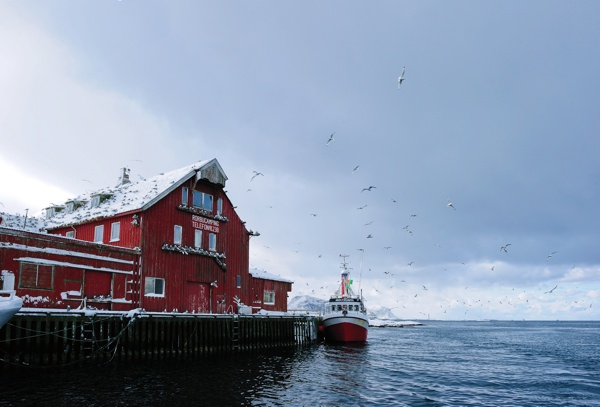

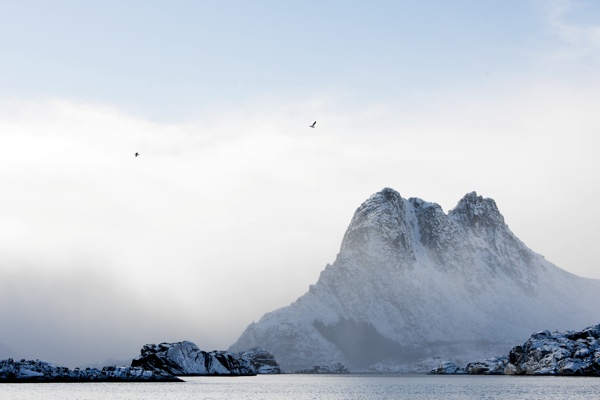
From the beginning of the year, fishermen use every hour they can catch skrei. At 4 o'clock in the morning, the small fishing boats leave the harbor, spend the whole day on the sea, follow the ski warming and return home with the catch only in the early evening. These endless and hard days of work last until the end of April when the migration of Skrei to their spawning areas ends. In the first months of the year, the life of the fishing families in Lofoten and in the fan areas off the coast of Møre in the south up to the coast of Finnmark is therefore only about skrei. A fisherman says that he started cutting skrei tongues at the age of four when his father came home with the catch. The tongue of the special cod is a delicacy for many Norwegians and the little boys like to earn their pocket money during the holidays and on weekends.
Norway emphasizes a holistic approach to sustainable farming. Norway and Russia have joint responsibility for the protection of stocks and make a joint decision each year on the level of fishing quotas.The best known Norwegian way of preparing skrei is a dish called "mølje" which is rather simple: in separate pots, fish, liver and roe are poached in lightly salted water and then served with boiled potatoes. In addition to the tongue and the cheeks are used, which are considered true treats for many.
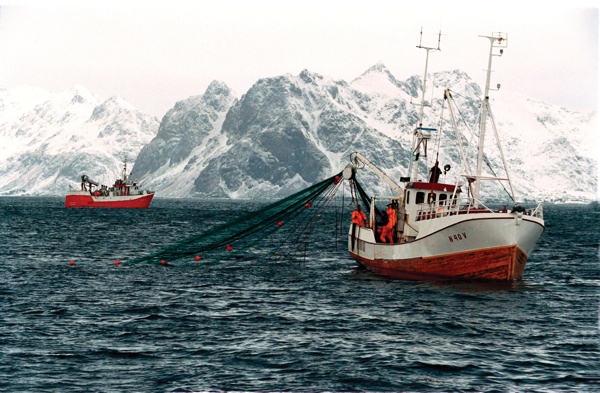

In January, seven top chefs were from seven Part of the Big Adventure, which the inhabitants of Lofoten have been experiencing for centuries: they took the fishermen's boats out to sea, followed the ski warming and fished. They learned that as early as the 10th century, the Vikings traded in skrei, that you needed courage and muscle to catch it, while the salty spray sprayed over the side and the small, agile boats under the force of the waves to the side tend. And they experienced that the food here on the table without much bric-a-brac.
For Germany traveled Gerald Zogbaum, star carrier, host and chef of the Hamburg kitchen workshop to Norway.

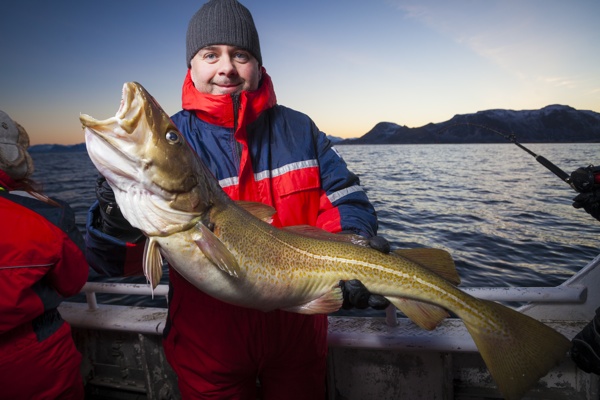
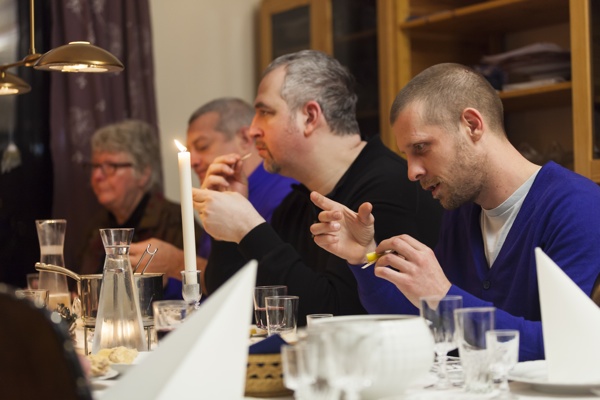

Back at home in Hamburg, Gerald Zogbaum created a 5-course menu and was inspired by the landscape of the Lofoten and of course the Skrei to inspire. With a bit of bric-a-brac in the Hamburg kitchen workshop. I was very happy to be able to participate in it and to be able to taste the Skrei in completely new facets (even if the individual courses were now and then my very own Great Skrei adventure - I just say Skreizunge and swim bladder ... eieiei!). p>
Norway meets Hamburg.
The great table decoration reminded of a cold, beautiful winter landscape:

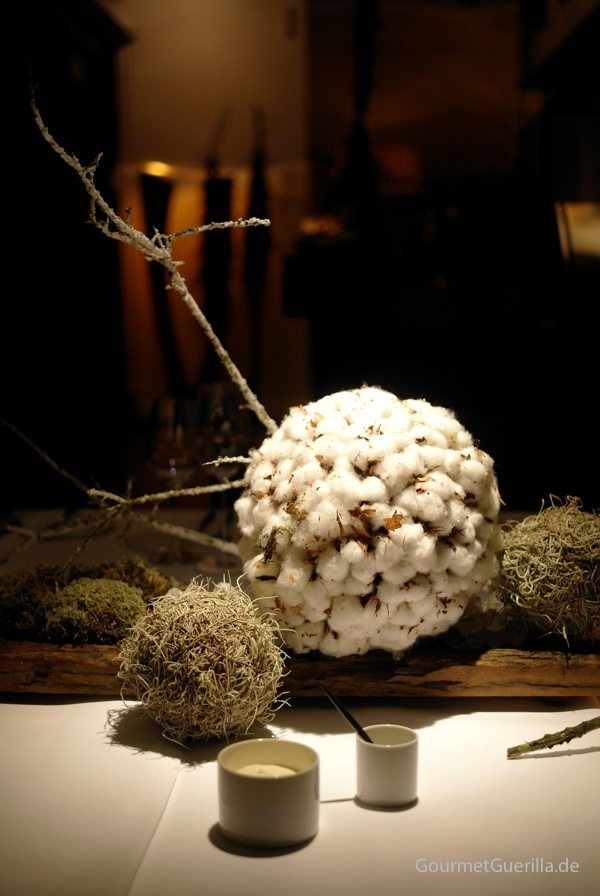
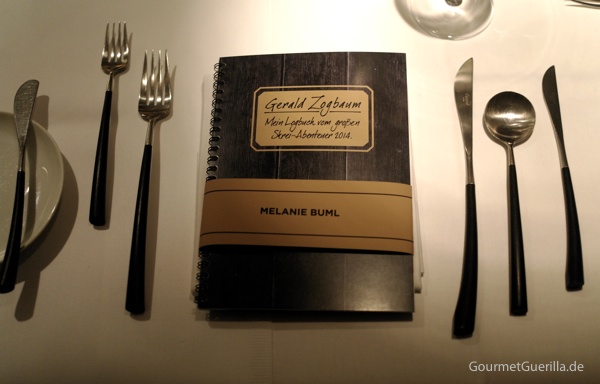
The menu:
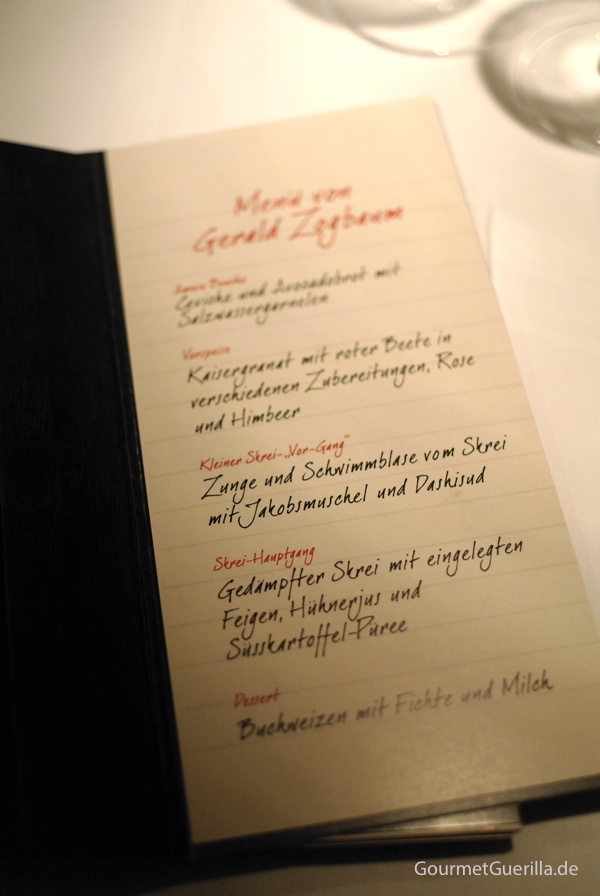
Service and avocado bread with saltwater prawns
In addition a 2010 Deidesheimer Paradiesgarten Riesling dry,
Winning Winery, Deidesheim
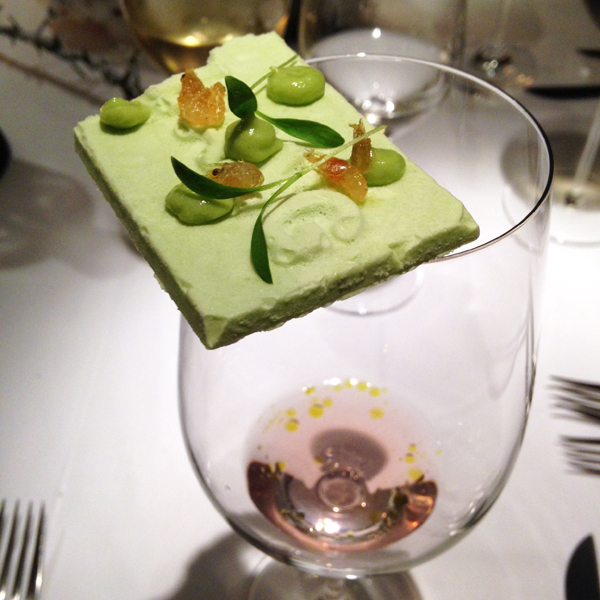
Norway lobster with red Beets in various preparations, rose and raspberry

Tongue and swim bladder from Scree with Scallop and Dashisud
(I would have liked to buy the dish sooo - but unfortunately there was nothing to be done. And so she wandered back to the kitchen.And if you got a bit seasick, the chocolate made up for it.
The Skrei is a great fish with very lean and firm, white flesh. I like it best with strong and a bit earthy flavors. Parsley potato stew, baked tomatoes and a hearty sauce are great with this special cod.
Info: Thanks to the Norwegian Seafood Council for inviting to the Great Skrei Adventure and Gerald Zogbaum and the Hamburg Kitchen Workshop for its exquisite hospitality.


